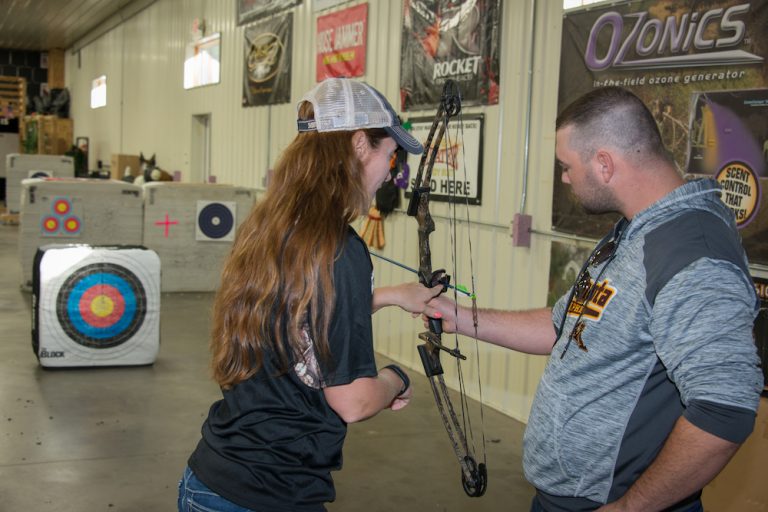Retail
Seven Safety Tips for Archery Ranges
Archery is one of the safest recreational sports offered in organized group settings.
Photo Credit: ATA
Archery is one of the safest recreational sports offered in organized group settings. It’s true: check out the data in the Archery Trade Association’s Archery Safety brochure. Archery has one of the lowest injury rates in sports, with an outstanding safety record.
Let’s recap those findings:
- From 2007 to 2014, archery caused less than one injury per 1,000 participants.
- Soccer, baseball and basketball generate injury rates 20 to 45 times higher than archery’s. Archery’s injury rate also ranks below golf, fishing and tennis, and slightly above badminton, bowling and table tennis.
- The insurance industry recognizes archery’s safety record, and in many cases determined an organization’s standard general liability insurance coverage was sufficient.
The archery community takes satisfaction in those statistics, but it’s our job and responsibility to keep the sport safe. That’s why retailers must establish, practice and improve their store’s range-safety procedures.
Rhonda Crabtree, owner of Corner Archery in Glendale, Arizona, and coach for the Corner Kidz Junior Olympic Archery Development (JOAD) program, says safety is priority one on her range.
“Safety rules allow archers to feel comfortable, enjoy shooting to its full extent, and focus on their shooting technique,” Crabtree said.
These guidelines benefit customers and the shop. An injury could hurt a shop’s reputation and increase its insurance costs, which is bad for business. The stakes are high, but safety protects businesses and their customers. Corner Archery’s shooting lanes attract about 900 participants per month. Its strict safety rules make accidents almost unheard-of for Crabtree’s clients, who range in age from 4 to 85.
Follow Corner Archery’s lead and apply these seven tips to ensure a safe, successful archery range:

Show new archers around the range. Photo Credit: ATA
Always give first-time archers a tour of the facility and the range. A walk-through familiarizes them with the range layout, and helps you review safety rules with them.
Certified instructors elevate your store’s status as a qualified place to learn archery. It ensures newcomers learn proper form, and enjoy fun, positive experiences. Your instructors should provide directions and instructions using whistle or voice commands.
To find a nearby archery-instructor certification course, visit USA Archery. The ATA offers Level 1, Level 2 and Level 3 certification for retailers at January’s ATA Trade Show as a member service. To learn more contact Jennifer Mazur, ATA’s director of archery and bowhunting programs at (507) 233-8139.

Post your range rules clearly. Photo Credit: ATA
Start with these rules:
- Always walk on the range.
- Keep your arrows in your quiver until told to shoot.
- Only release the bowstring when an arrow is nocked and safely pointed at the target.
- Leave dropped arrows on the floor or ground until instructed to retrieve them.
- If you see an emergency on the range, immediately alert the instructor.
Ask your students if they want to include additional rules. This request encourages the group’s buy-in and ensures they follow all rules.
Properly design your range. Use ATA’s Archery Range Guides for guidance. Designate an area for spectators and mark safety lines. A well-established target line, shooting line and waiting line control the archers’ movements and the safety of others on the range. This organized process prevents bumping, injuries and equipment damage.
Participants must pay attention and follow the rules. That includes giving all shooters respect and space. New customers should direct questions to staff members so they don’t interrupt or disturb others.
Damaged bows, arrows or faulty equipment are dangerous. Be proactive to prevent injuries.
Require all archers using your lanes to complete and sign a general-liability waiver before stepping on the range. This helps protect your store, and makes archers take responsibility for their actions.
Posting and following the above rules ensures your customers enjoy a fun, safe experience. It also ensures that archery’s safety record remains strong.
Check out ATA’s other resources that help retailers boost their business.

WE ARE HERE TO HELP THE INDUSTRY, TO HELP INDIVIDUAL BUSINESSES GET THE MOST OUT OF THE INDUSTRY, AND TO HELP YOU.